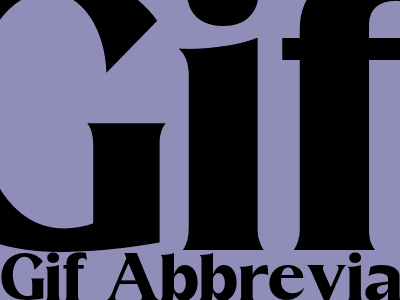GIF: The Ubiquitous Animated Image Format
The Genesis of the GIF: A Tech Pioneer Emerges
The birth of the GIF can be traced back to the 1980s, an era of technological advancements. In 1987, CompuServe, a pioneer in the dial-up era, sought to create a more efficient way to transmit images across its network. The result was the Graphics Interchange Format (GIF), a brainchild of Steve Wilhite, a computer scientist at the company.
Beyond Mere Animation: The GIF's Multifaceted Nature
GIFs, primarily known for their animated sequences, possess a wider array of capabilities. They can also function as static images, serving as an effective means of conveying information or emotions. Furthermore, GIFs' transparency feature enables seamless integration with other visual content, enhancing their versatility.
The Ubiquity of the GIF: A Cultural Phenomenon
GIFs have permeated popular culture, becoming an indispensable tool for expressing reactions, conveying emotions, and providing humorous commentary. Their accessibility and ease of sharing have catapulted them into the realm of internet ubiquity, employed extensively on social media platforms, messaging apps, and websites alike.
GIFs and SEO: A Symbiotic Relationship
The SEO implications of GIFs are multifaceted. While search engines do not directly index GIFs, the context surrounding their usage, such as alt text and image captions, can contribute to improved search visibility. GIFs can enhance user engagement, dwell time, and reduce bounce rates, all of which are positive signals for search engine rankings.
Best Practices for GIF Optimization: Maximizing SEO Impact
Optimizing GIFs for SEO requires attention to several key aspects:
- Descriptive Alt Text: Provide meaningful alt text that accurately describes the GIF's content, helping search engines and screen readers understand its purpose.
- Compressed File Size: Keep GIF file sizes minimal without compromising visual quality to ensure faster loading times and improve user experience.
- Appropriate Dimensions: Use dimensions that are relevant to the context in which the GIF will be displayed to prevent distortion.
Ethical Considerations: Respecting Copyright and Avoiding Controversy
When using GIFs, it's crucial to abide by copyright laws and attribution guidelines. Always ensure you have the necessary permissions or licenses to use GIFs created by others. Additionally, avoid using GIFs that may be offensive or controversial to maintain a positive and inclusive online environment.
Conclusion: The Enduring Legacy of the GIF
The GIF, born out of a quest for efficient image transmission, has evolved into an iconic format widely employed for communication, entertainment, and creative expression. Its versatility, accessibility, and cultural significance have cemented its place as an indispensable tool in the digital realm. By embracing best practices and adhering to ethical guidelines, content creators and website owners can harness the power of GIFs to enhance their SEO efforts and captivate audiences.

Komentar